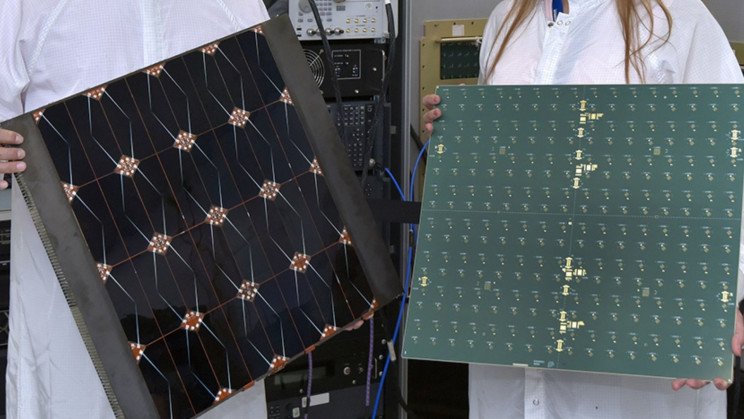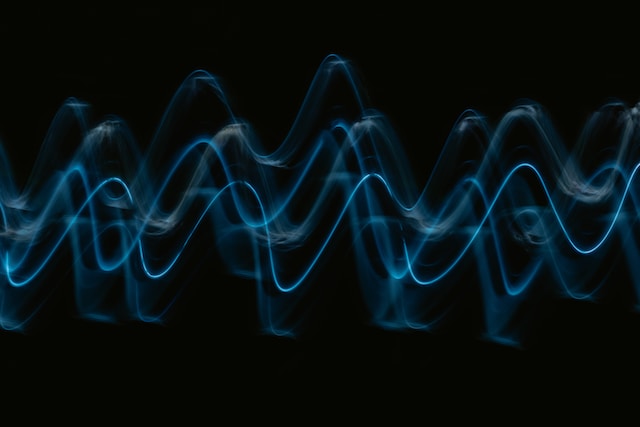It was recently reported that wind energy costs are now approaching those of nonrenewable resources. This development is largely the result of better design of windmills and better use of materials.
Using 3D Modeling & Computational Mechanics
The Iowa State University News Service reported last month that Ming-Chen Hsu, now an assistant professor of mechanical engineering at the school, began modeling wind turbines while earning his doctorate at the University of California, San Diego. Upon moving to the University of Texas, Hsu started modeling heart valves as part of his postdoctoral research.
Hsu’s domain is computational mechanics, and he and others are today’s geniuses of invention who are using new tools to push innovation forward at an unimaginable speed. Instead of building and testing full-scale prototypes for each idea, Hsu provides computational models built with complex mathematical equations and a large amount of data. According to Hsu, “we don’t have to build and test every prototype anymore. We can predict the real physics of the problems we’re looking at and come up with improvements before building prototypes.”
Following are some of Hsu’s projects at Iowa State University:
- modeling the performance of “Hexcrete” prefabricated concrete wind turbine towers
- developing 3-D modeling software to help engineers design wind turbine blades
- modeling the performance of rotors inside gas turbines
Following is a video of Hsu’s “Fluid-Structure Interaction Simulation of a Bioprosthetic Heart Valve.”
The YouTube description of the video follows:
The aim of this work is to develop a robust and accurate computational fluid–structure interaction (FSI) framework to simulate a tri-leaflet bioprosthetic heart valve (BHV) function over the complete cardiac cycle under realistic physiological conditions. Due to the complex motion of the heart valve leaflets, the fluid domain undergoes large deformations, including changes of topology. We propose an immersogeometric method that directly analyzes an isogeometric surface representation of the structure by immersing it into a non-boundary-fitted discretization of the surrounding fluid domain. This project will allow us to study detailed information on hemodynamics and cyclic stresses developed in the leaflets, and provide a unique approach to the rational development of new BHVs with improved performance and durability.
M.-C. Hsu, D. Kamensky, F. Xu, J. Kiendl, C. Wang, M.C.H. Wu, J. Mineroff, A. Reali, Y. Bazilevs, M.S. Sacks, “Dynamic and fluid–structure interaction simulations of bioprosthetic heart valves using parametric design with T-splines and Fung-type material models,” Computational Mechanics, 55 (2015) 1211-1225. http://dx.doi.org/10.1007/s00466-015-…
D. Kamensky, M.-C. Hsu, D. Schillinger, J.A. Evans, A. Aggarwal, Y. Bazilevs, M.S. Sacks, T.J.R. Hughes, “An immersogeometric variational framework for fluid–structure interaction: application to bioprosthetic heart valves,” Computer Methods in Applied Mechanics and Engineering, 284 (2015) 1005-1053. http://dx.doi.org/10.1016/j.cma.2014….
M.-C. Hsu, D. Kamensky, Y. Bazilevs, M.S. Sacks, T.J.R. Hughes, “Fluid–structure interaction analysis of bioprosthetic heart valves: Significance of arterial wall deformation,” Computational Mechanics, 54 (2014) 1055-1071. http://dx.doi.org/10.1007/s00466-014-…
For more information, please visit our website at http://www.public.iastate.edu/~jmchsu






